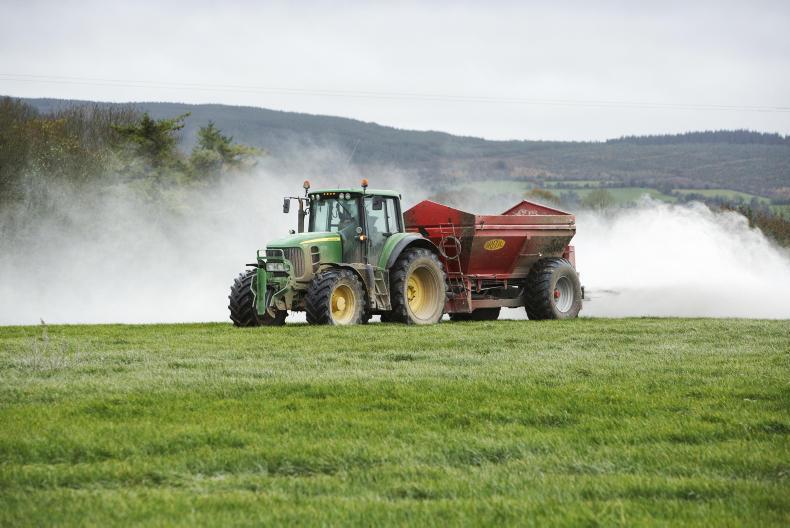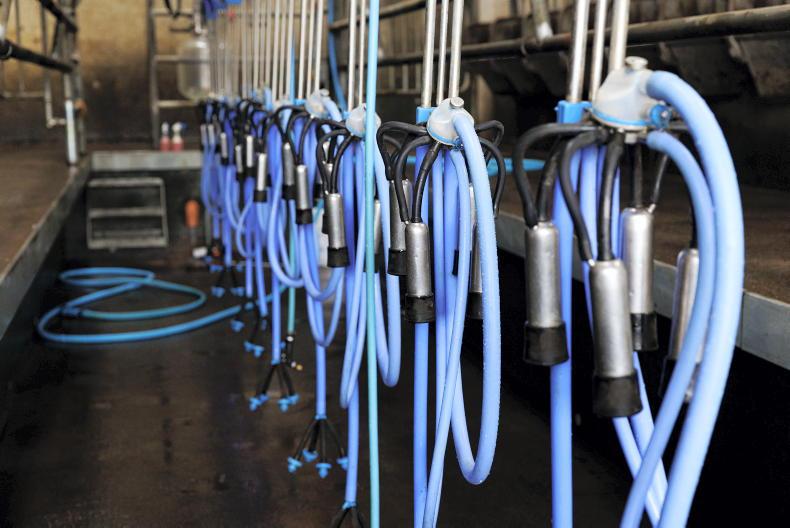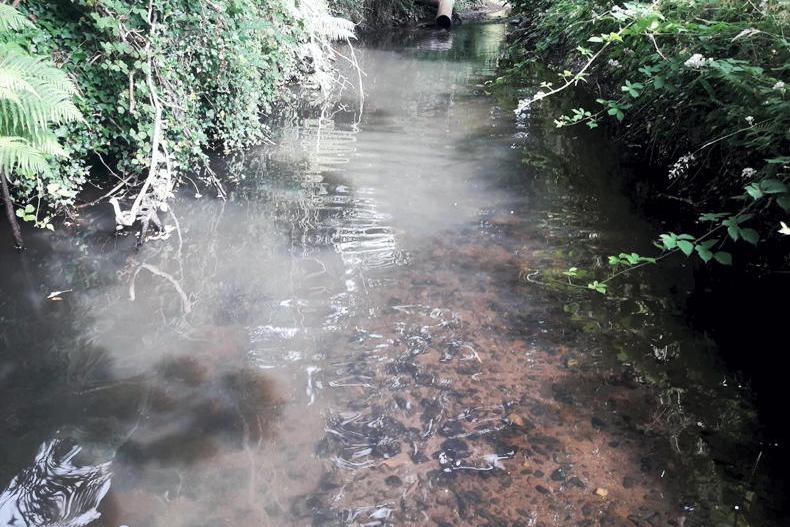Applying lime should be the first step for any farmer looking to improve soil fertility in their land, according to Teagasc soil specialists David Wall and Mark Plunkett.
Speaking on Friday morning as part of the latest "Signpost Series" of online webinars on sustainable agriculture organised by Teagasc, Plunkett and Wall gave detailed presentations on nutrient use efficiency, particularly nitrogen, and how farmers could build sustainable fertiliser programmes.
David Wall, a soil scientist at Teagasc Johnstown Castle, said applying lime to get the right soil pH is at the foundation of soil health. The majority of Irish soils are acidic in nature and do need some form of liming to improve pH.
As soil pH is optimised, research shows how nutrient use efficiency improves dramatically in soils, meaning less nitrogen leakage and lower greenhouse gas emissions.
Only 20% of soils have optimum pH, P and K - room for improvement on improved grassland #TeagscJC pic.twitter.com/wU2TEfrqT1
— Teagasc Environment (@TeagascEnviron) June 26, 2020
“The question is often asked – why build soil fertility?” said Wall.
“But if you’re using slurry or chemical fertiliser on your land then it’s really important to build fertility in your soils. Having the optimum soil fertility in your land will allow you to maximise the return on investment from costly inputs like chemical fertiliser but it will also protect the environment and reduce carbon emissions,” he added.
Teagasc research has shown that typically 15% of the nitrogen is lost from Index 1 soils. By improving soil fertility nitrogen use efficiency in the soil can be almost doubled from 35% in a low pH scenario to highs above 70% when the soil pH is at the optimum level (around 6.5).
This is a win-win for profitability and the environment. Better nitrogen use efficiency means more N is available for the plant in the soil, which will result in increased grass growth. At the same time, improving nitrogen use efficiency reduces the amount of nitrogen that can be lost to waterways or the atmosphere. Additionally, optimising nitrogen use efficiency allows the farmer to continue to grow the same amount of grass as before but with a reduced amount of chemical fertiliser.
Soil sampling
Mark Plunkett, a soil and plant nutrition specialist with Teagasc Johnstown Castle, reiterated Wall’s comments that lime is the first step to improving soil health as it conditions the soil and gets it working.
He said Irish farmers had made good progress in improving soil pH levels over the last five years but more still needs to be achieved.
Optimizing soil pH with lime application, reduces GHG's and Nutrient Use efficiency rises to nearly 70%. David Wall #TeagascJC pic.twitter.com/oZXgD4LupX
— Teagasc Environment (@TeagascEnviron) June 26, 2020
According to Plunkett, up to 20% of the soils in Ireland are now at the optimum pH level. He added that the number of soil samples taken by Irish farmers was about 200,000 every year, which is significant.
Plunkett said regular soil sample was critical for farmers to map their progress over time and make informed decisions around fertiliser programmes for their land.
Aside from chemical fertilisers, Plunkett said the growing prevalence of low emissions slurry spreading systems (trailing shoe or dribble bar systems) was delivering a number of benefits to farmers.
“Low-emission slurry spreading has been a real step forward in terms of on-farm slurry applications. It allows farmers to reduce ammonia emissions but it also leads to better nitrogen use because it is a much more targeted application of the nutrient into the soil. The systems retain more nitrogen on the farm, allowing the farmer to grow more grass,” said Plunkett.










SHARING OPTIONS